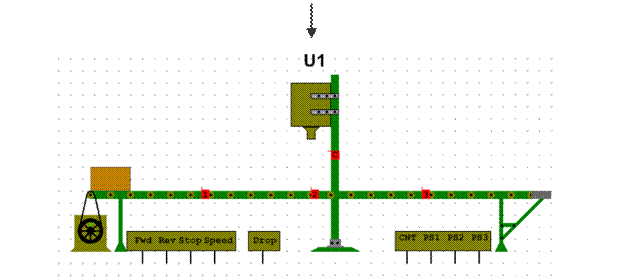Structure Study.
A) In the following sentences, replace the words in brackets with the appropriate –ing form and explain the usage: 1) Every scientist dreams of (make) a groundbreaking discovery in research and of (publish) an article that will be considered the classic of the discipline. 2) Carbon dioxide is a naturally (occur) chemical compound composed of two oxygen atoms covalently bonded to a single carbon atom. 3) Both the role of the physician and the meaning of the word itself vary around the world, (include) a wide variety of qualifications and degrees, but there are some common elements. 4) Applied science is (the application of) human knowledge to build or design useful things. 5) In the history of technology, (emerge) technologies are contemporary advances and innovation in various fields of technology.
B) Replace the phrases in italics with the appropriate –ing form: 1) A person who does research in biology is called a biologist. 2) Engineering is the science, skill, and profession of acquisition and application of scientific, economic, social, and practical knowledge, in order to design and also build structures, machines, devices, systems, materials and processes. 3) Michael is a research assistant who works as part of a team which investigates methods of storing hydrogen for use as an energy source. 4) Nanotechnology is a very diverse sphere that ranges from extensions of conventional device physics to completely new approaches based upon molecular self-assembly. 5) The work of the physician is the promotion, maintenance or restoration of human health through the study, diagnosis, and treatment of disease, injury, and other physical and mental impairments. 6) There is no consensus on some terms which describe carbon nanotubes in scientific literature: both "-wall" and "-walled" are being used in combination with "single", "double", "triple" or "multi". 7) An experiment which indicated that positional molecular assembly is possible was performed at Cornell University in 1999. 8) Molecular nanotechnology is a proposed approach which involves the manipulation of single molecules in finely controlled, deterministic ways.
SCIENTIFIC WRITING – RESULTS The results section is the part of the scientific paper around which everything else is built. The introduction describes why the results needed to be obtained, the methods how they were obtained and the discussion explains the results. A) Consider what you should/shouldn’t do to write an effective results section: - should/shouldn’t be any discussion in the results section. - should/shouldn’t include every result you obtained or observed. - should/shouldn’t determine which results to present by deciding which are relevant to the question(s) presented in the Introduction irrespective of whether or not the results support the hypothesis(es). - should/shouldn’t organize the data in the Results section in either chronological order according to the Methods or in order of most to least important. - should/shouldn’t determine whether the data are best presented in the form of text, figures, graphs, or tables. - should/shouldn’t summarize your findings and point the reader to the relevant data in the text, figures and/or tables. - should/shouldn’t show the same data in two forms (data should be presented as either a table or a figure not both). - should/shouldn’t provide a clear description of the magnitude of a response or difference. If appropriate, use percentage of change rather than exact data. - should/shouldn’t number figures and tables consecutively in the same sequence they are first mentioned in the text. Depending on the journal, they should be in order at the end of the report after the References, or located appropriately within the text of your results section. - should/shouldn’t provide a heading for each figure and table. Depending on the journal the table titles and figure legends should be listed separately or located above the table or below the figure. Each figure and table must be sufficiently complete that it could stand on its own, separate from the text. - should/shouldn’t use the past tense when you refer to your results.
|




